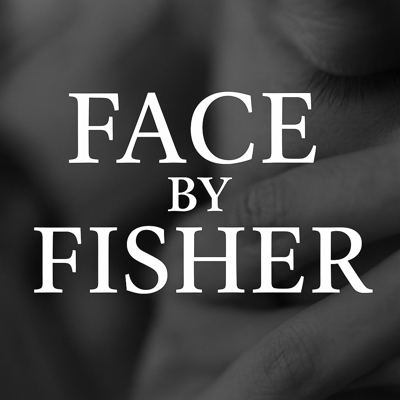Noses are not one size fits all, and rhinoplasties shouldn’t be either. There are several different types, and each has its benefits and drawbacks or limitations. A good doctor will go over these types with you and give you an idea of which they’d recommend for your particular situation—but it’s always good to be an informed patient and go into your consultation with a working knowledge of the different types and which you’d prefer. From there, your doctor can advise the best procedure given your wants and needs.
Open vs. Closed rhinoplasty
“Open” and “closed” in rhinoplasty terms refer to incision techniques. In a closed rhinoplasty, the plastic surgeon will perform the surgery through the nostrils. In an open rhinoplasty, the incisions are done, and skin is lifted off the bone to get at the structures underneath. In broad terms, open rhinoplasties are often used for more complicated rhinoplasty procedures. The advantage is that the doctor is better able to get at the structures of the nose, it is easier for the doctor to perform, and also more advanced and accurate work can often be done with this method. However, the disadvantage is the possibility of light scarring, as well as more temporary swelling during the recovery period. Closed rhinoplasties are often done on more straightforward cases where not as much work is needed. Advantages include less chance of visible scarring, slightly less operating time, and fully absorbable stitches. Disadvantages include limited access to nasal structures for the surgeon, and this method is not an option for everyone.
Tip rhinoplasty
For those who just wish to change the look of the tip of their nose, a tip rhinoplasty will do the job. It differs from a full rhinoplasty in that there is no work on the bony structure or the bridge of the nose. It is strictly limited to the cartilage located in the tip. Advantages include shorter recovery time and lower cost. This surgery is ideal for those who have a bulbous tip, drooping nasal tip, a nasal tip that tilts excessively upward, a wide tip, or those who want to build more definition to their tip.
Crooked nose rhinoplasty
The septum is the portion of the nose that separates the nostrils. For some people, due to injury or other causes, the septum becomes uneven or “deviated,” resulting in difficulty breathing. This type of rhinoplasty focuses on allowing the patient to breathe normally again by working on the structures in the nose responsible for the obstructed breathing. This type of rhinoplasty with septoplasty may be covered by insurance if it is found that it will help improve breathing. However, keep in mind that the covered part just includes the parts of the procedure needed to restore proper airway function. Any cosmetic changes to the shape of the nose that you request will not be covered.
Alarplasty
While this is technically its own procedure, an alarplasty is a surgical procedure on the nose, and it’s worth a mention. Alarplasty is a surgery that is specifically performed to change the appearance of the nostrils. An alarplasty can be performed as a standalone procedure or can be done with a rhinoplasty. Those who might consider an alarplasty are the ones who want to make their nostrils smaller or are those who want to reduce the look of flared nostrils.
All in all, remember that all of these are simply different techniques—what matters most is the skill of your plastic surgeon. Read more about the actual rhinoplasty procedure here.




